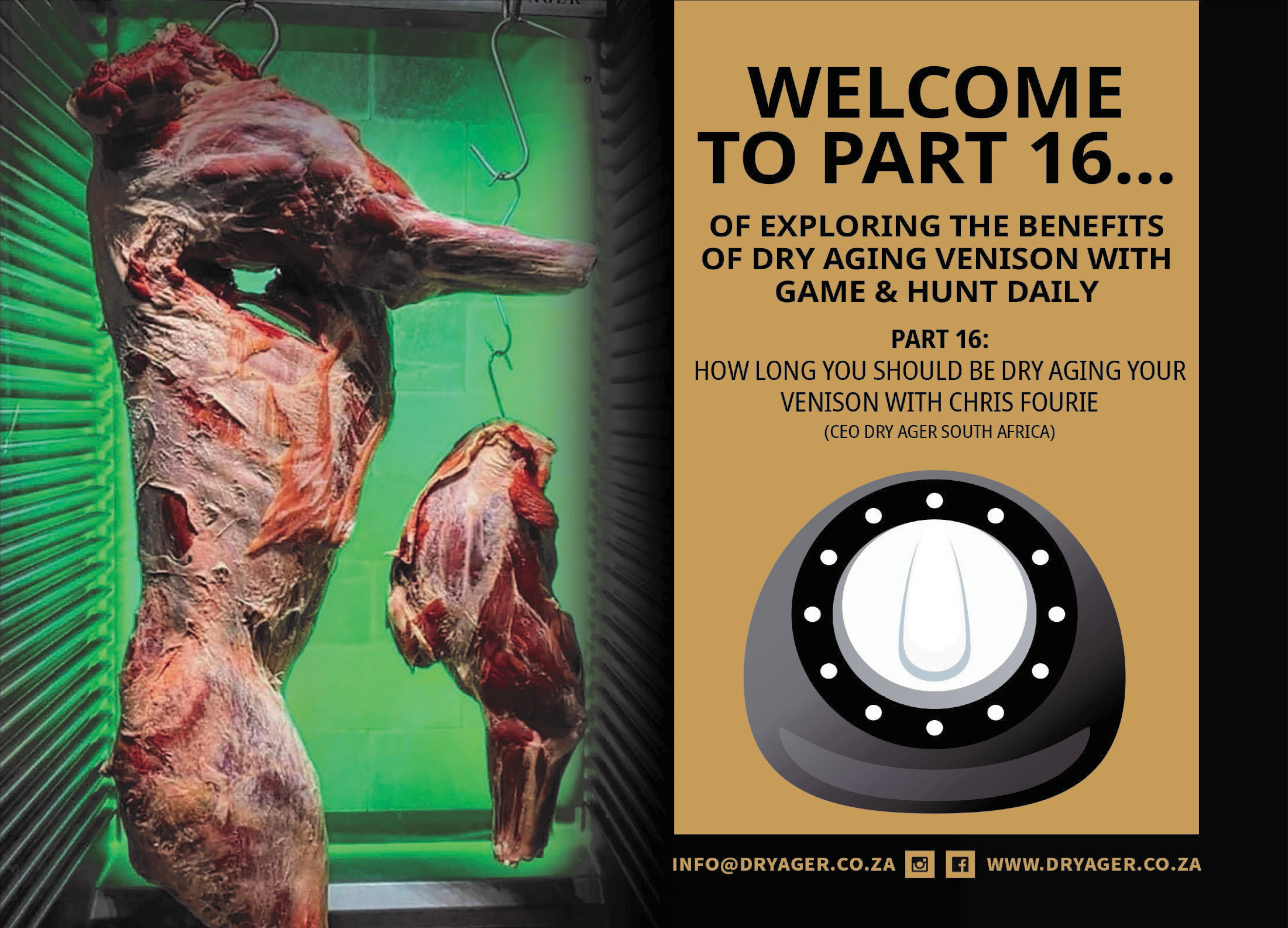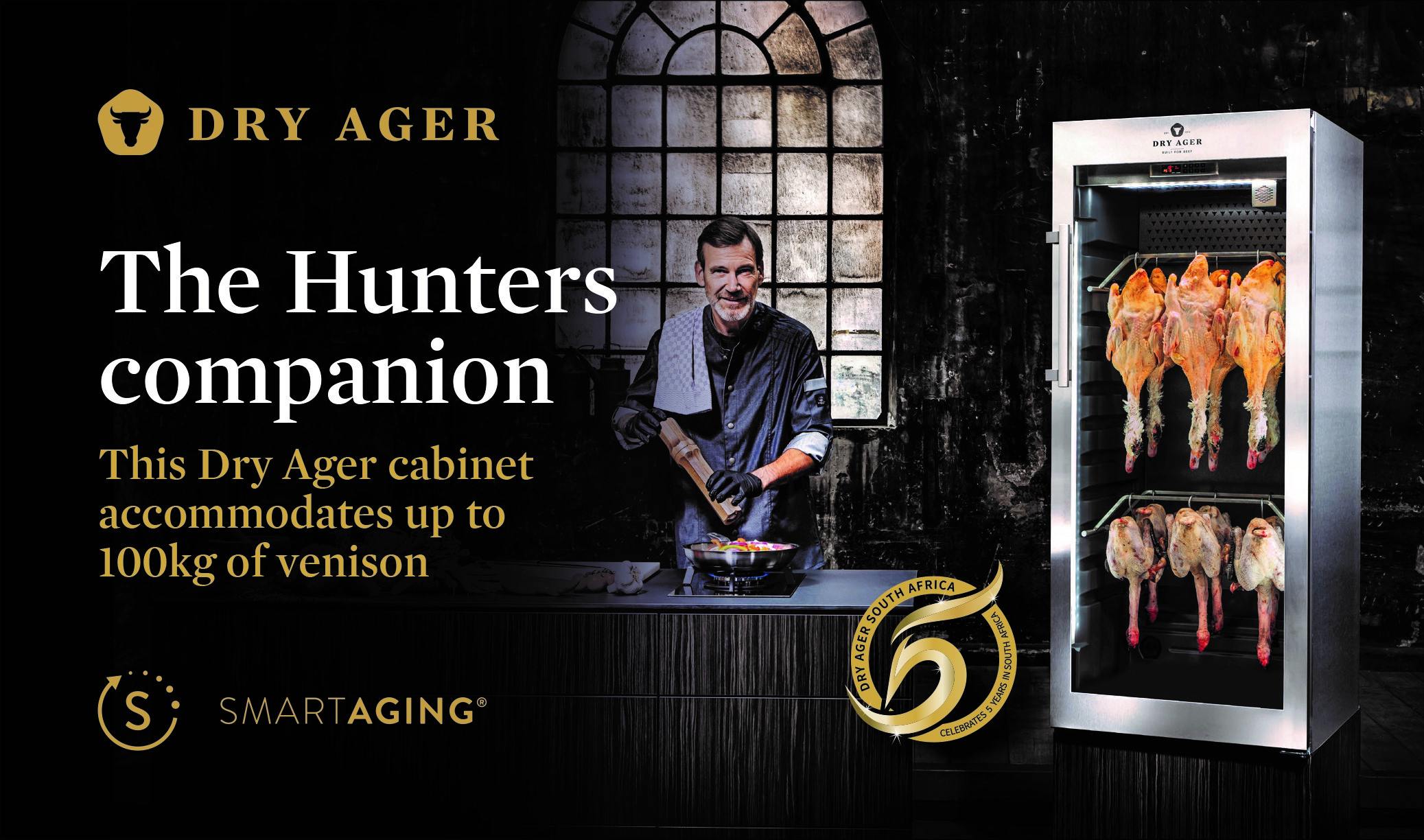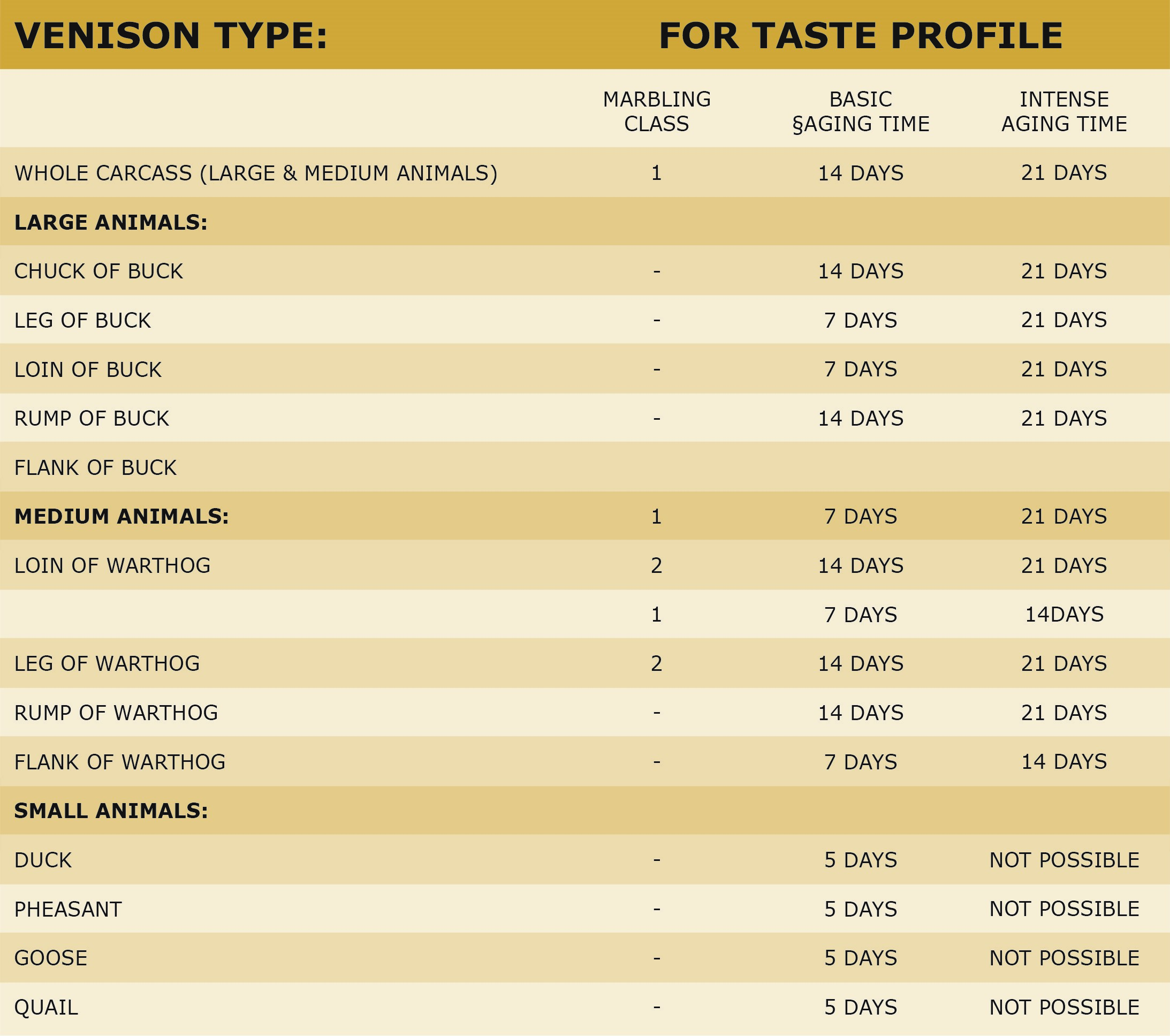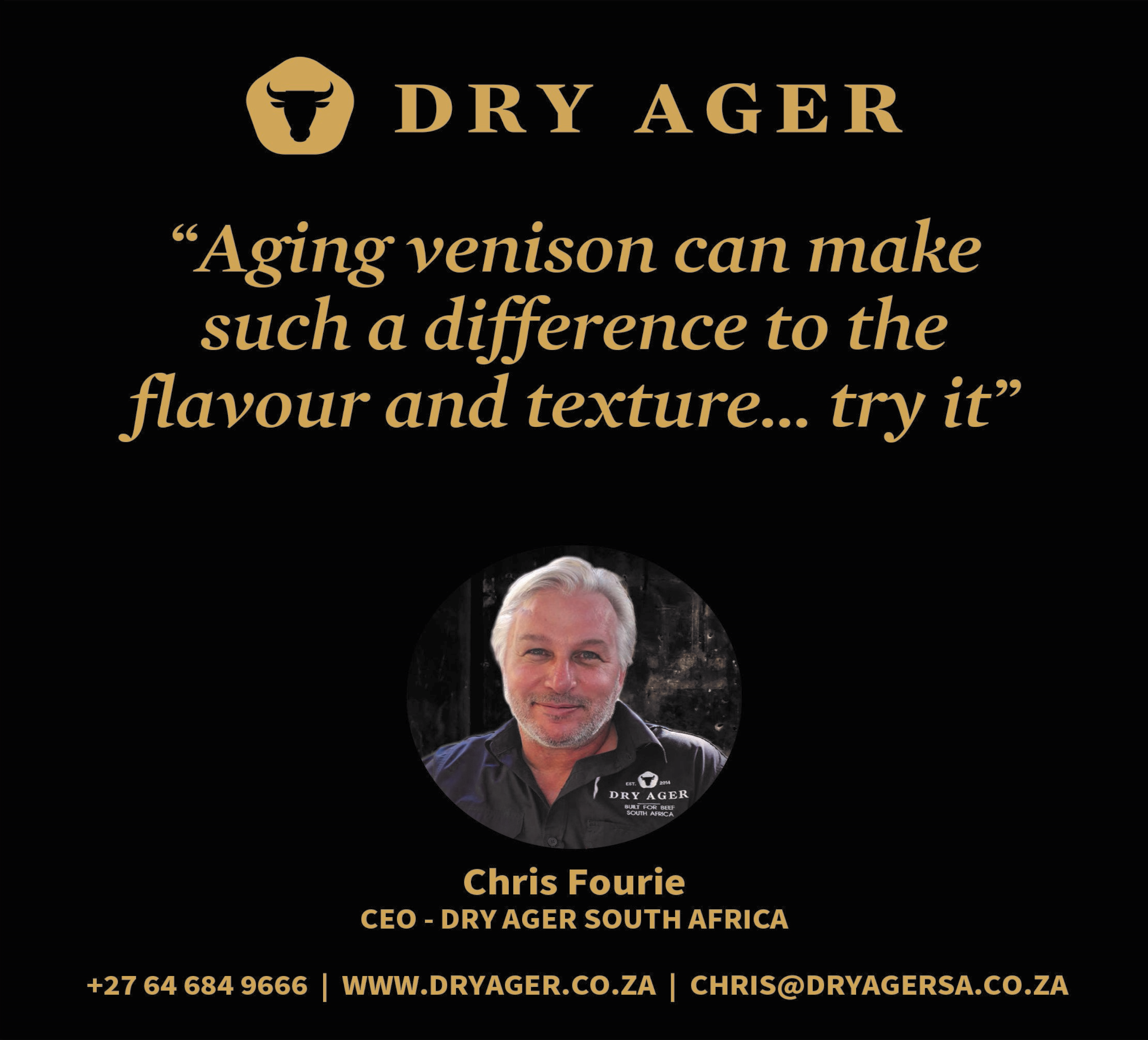Aging venison is the process of giving meat enough time to age in a controlled environment to reduce its moisture content, while allowing natural enzymes to break down connective tissue to tenderize it.
Any attempt to dry age meat should be at the right temperature with the right humidity.







